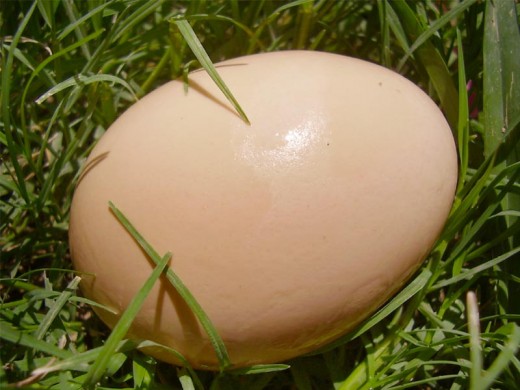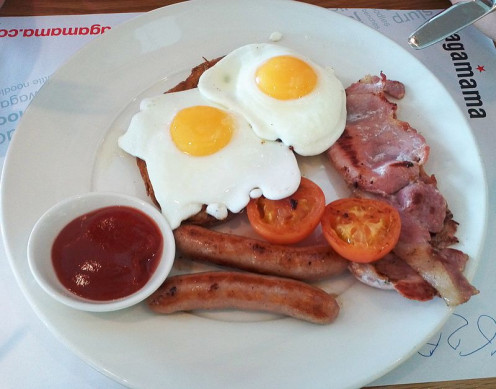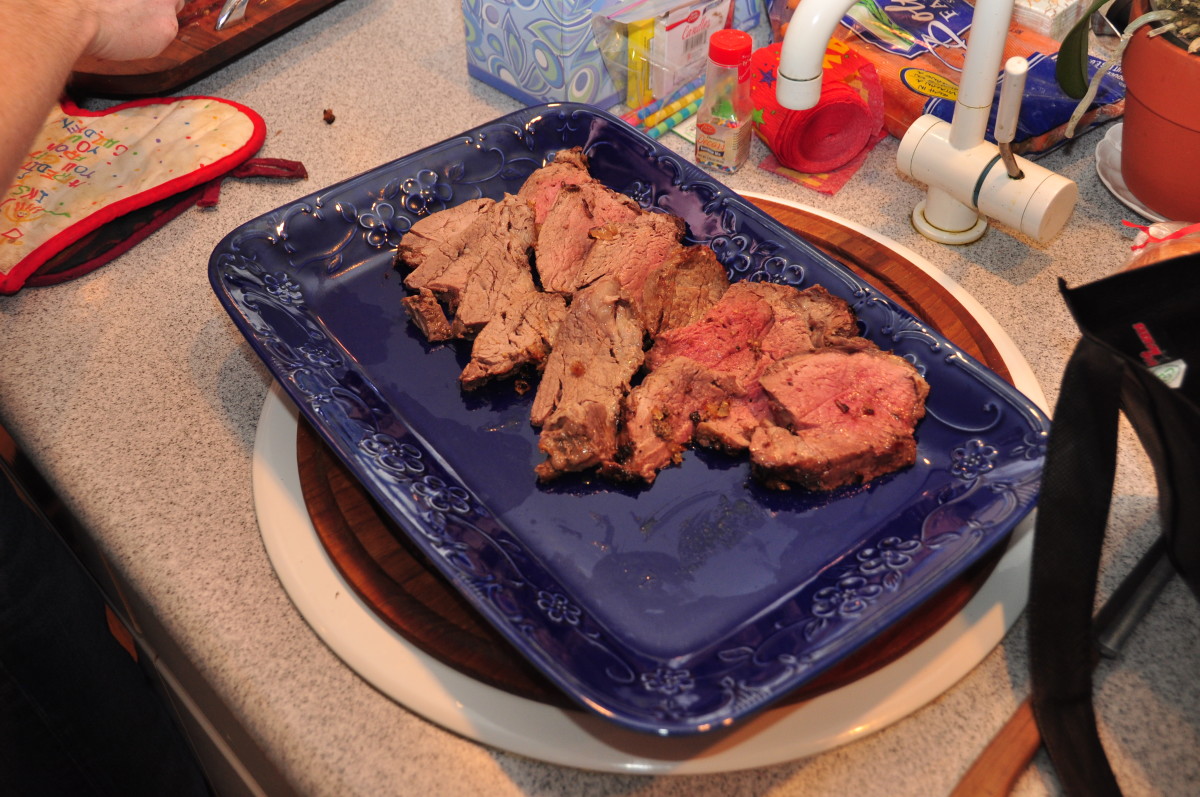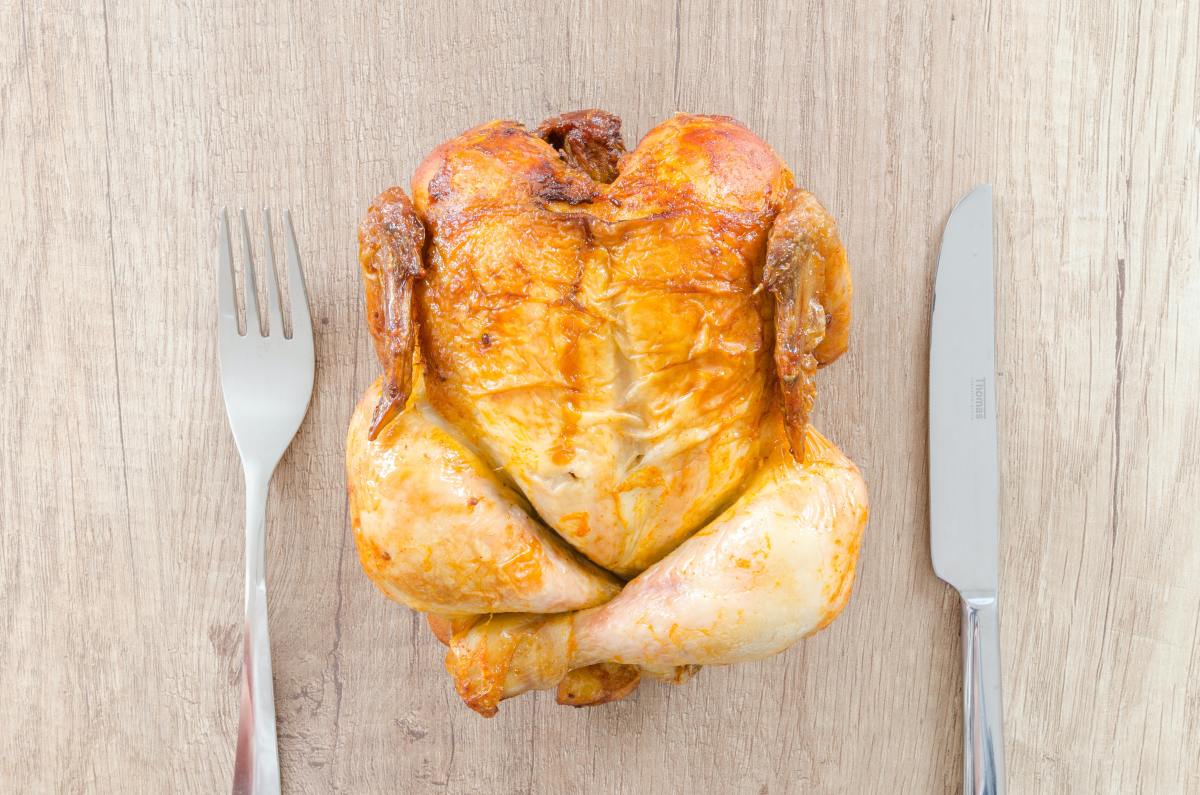How to Test the Freshness of Eggs

Testing the freshness of eggs is fast, easy, and can save you a lot of hassle over time. Have you ever gotten home from the store and thought, "Just how old are these eggs?" Because the truth is, we usually have no way of knowing. We're a society that's conditioned to go to the grocery store for most -- if not all -- basic food needs. When it all comes down to it, though, we don't know much about the food we buy. On the same token, perhaps you have some eggs that have been sitting in your refrigerator for a while and you want to know if they're still good to eat. You're in luck; it's really easy to test the freshness of eggs without breaking their shell.
Want over 800 more tips that make life easier?

Administering the float test to see how fresh your eggs are
When an egg is first laid, it has very little air in it. Most of the shell is filled with a firm yolk and runny but formed albumen, or the white of the egg. Over time, oxygen slowly filters through the semi-permeable shell and creates an air bubble within the egg.This air bubble makes it surprisingly easy to gauge how old an egg is using just a couple of materials.
Get a medium to large bowl and fill it to about 1" from the top with cold water. Make sure that there's enough water to completely submerse the egg, and enough room at the top to keep the water from sloshing over when you test the eggs. Clear bowls make it a little easier to see what you're doing, but they're not absolutely necessary.
For the test, place the eggs into the bowl one at a time and observe what happens. If you have a larger bowl, you can place all your eggs in the water at once for high-speed sorting. Continue reading to find out what each result means for your eggs' freshness.

Good, fresh eggs
Eggs that sink directly to the bottom of the bowl and lay on their sides are the best. These are the freshest of your eggs. When you break one of these eggs, you'll find a well-formed yolk that's still firm so it stays intact effortlessly. The whites will be slightly cloudy and form a distinct globular shape around the yolk.
Fresh eggs that completely sink in water are perfect for making such things as fried eggs, omelets, boiled eggs or any other dish that retains the consistency of the egg. These eggs offer an attractive presentation, a pleasant texture and excellent flavor.
Aged, but still safely edible eggs
Look for the eggs that are on the bottom of your bowl of water, but one end is sticking up while the other sits on the bottom of the bowl. Most often, the broad end will be the one floating since it's where the air bubble typically accumulates. These eggs are still perfectly good for eating, but no longer very fresh. When broken onto a plate, the yolk will appear somewhat soft and may break easily. Yolks that are aged will likely be pale yellow as opposed to the brighter orangey color of the fresher yolks.The white will have little, if any, shape and will be translucent and liquid.

The best uses for these eggs are in baking cake and cookies, or cooking things like meatloaf. The texture of the egg has nothing to do with its use in the recipe. In fact, eggs that are a bit less fresh will mix in easier and be less likely to end up with globs of egg in the mix. The paler yolks are an advantage in light-colored cakes or cookies because they're less likely to alter the color. The flavor of the egg isn't very important in these recipes, and it still serves as an excellent binder.
Rotten eggs that can't be eaten
Finally, look at any eggs that are floating on the top of the water. Unless you have some hard-boiled eggs in the bunch, these are the bad ones. If you hold these unbroken eggs near your nose, you may smell a slightly pungent aroma coming off the egg. The anaerobic bacteria that give off waste in a bad egg smell very strongly of sulfur.
If you're really brave and want to make absolutely certain it's a bad egg, you can break it open and see what it smells like then. Be warned, the smell can be quite powerful if it has been bad for very long -- you might want to try it outside just to be sure. Obviously, the only thing you can do with a bad egg is throw it away. It will cause illness not only in humans, but in pets and wildlife as well. Wrap the bad egg up so it's not easy for animals to get to it, then dispose of it.
Just in case -- here's a visual demonstration on testing eggs for freshness

So the next time you've had eggs sitting in your refrigerator for a while, don't just throw them out with the assumption that they must be bad. While this test doesn't absolutely guarantee that you're going to have good eggs, it is a great way to determine the condition of eggs in your refrigerator. As an added safeguard, consider marking your egg carton or individual eggs with the date you brought them home so you know they haven't been sitting in your refrigerator for too long.
Note that eggs tainted with bacteria will likely float earlier, but this test won't tell you if it's air from age or air from bacteria within the egg's shell. As a general rule of thumb, always observe the odor, color and texture of eggs closely after you break the shell. Cook all eggs thoroughly, and make sure you're well-versed in safe food handling practices. This test primarily helps you decide which eggs should be used for what purpose, and saves you the often smelly experience of breaking a rotten egg.
I hope this has been helpful to you. Do you have any other great tips and tricks for food preparation, working in the kitchen, or just general household stuff? Please take a moment and share in the comments -- we'd all love the benefit of your experience. Also, feel free to let me know if there are any additional how-to hubs you'd like to see.
Got two minutes? Here are 10 bonus kitchen hacks for your enjoyment
Want more household tips from the same author? These might help
- Mom's Product Reviews Blog
In-depth experiences and opinions on a wide range of consumer products, movies, books and more to help inform your buying decisions. - How To Get Caught Up On Housework When You Have Kids...
Housework and small kids don't go together. How do you get all your housework done? Here are a few simple tips to cut clutter and get on with your life. - How to Conquer Clutter: Easy De-Cluttering Tips for ...
Clutter in the home is one of the most frustrating housekeeping challenges. Cleaning, organizing, and de-cluttering your home can have a profound impact on your life and overall well-being.



